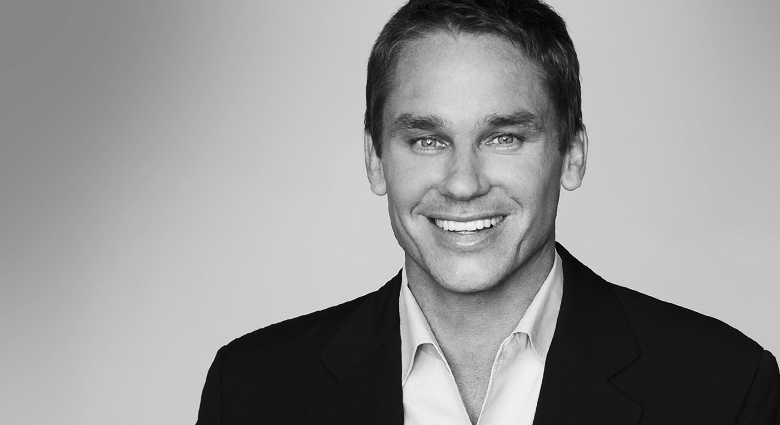We spend vast sums of money, in the corporate world, on training and developing our leaders—in the United States alone, a jaw-dropping $14 billion every year. The usual leadership course goes something like this: There’s a video, either of people talking about leaders, or else of a real leader in the real world. It’s intriguing, provocative, and moving. We learn about the impact leaders have had on the various interview subjects, or we feel it ourselves as we see the real leader on-screen. While watching, we feel inspired, curious, energized—that we are going to learn about something important, and that we have just, in a small way, felt that important thing for ourselves.
Then a facilitator steps to the front of the room and explains the model. The model takes whatever we’ve just seen and experienced and makes it boring. The model is usually a two-by-two grid of little boxes, and in each of the boxes is written some sort of abstract word: empathy, authenticity, vision, and so forth. And then the facilitator explains that for the next several hours of our lives, we will take each little box in turn, and learn about the abstract thing written in it, and how each of us can have more of that thing. Sometimes the course has been preceded by an assessment that we’ve all taken, and partway through the course we get to see our results, and how we compare with the things in the boxes. Sometimes we get to give one another feedback in real time at our tables on how we’re doing at the things in the boxes. Sometimes we build action plans and write down in our notebooks well-meaning commitments about how we’ll do more of the things in boxes, knowing as we do so that the moment the course finishes, these commitments will join “floss more often” in the Big Lifetime Pile Of Things Not Done.
We’re told, as we do all these things, that at the end of this process, we will all be more like the leader we saw at the beginning. But our experience, as we go along, is one of increasing frustration. None of the things in the boxes helps us locate the feeling we had, in the opening video, about a particular leader. Indeed, the things in the boxes seem to have nothing on earth to do with the actual leader we’ve seen, or any actual leaders we’ve seen. We encounter leaders, in life, emotionally. In our leadership training, the first thing we do—in our attempt to understand leadership—is to wring the emotional life out of the thing.
Because what never, ever happens in any of these courses is our starting with the question: who are you? Not, who are you in comparison with some model involving abstract words in little boxes, but who are you as a living, breathing, growing, worrying, joyous, uncertain, loving, striving, messy, and yes, spiky human being? We never ask why, given your particular jumble of characteristics, anyone would follow you. We never ask how—given that one-of-a-kind mixture of states and traits that makes you who you are—you would use those things to create an experience for the people around you, and use what you have to help them feel better about the world you’re all walking through together, and, while we’re at it, how we might give you some measure of that so you can adjust your course as you go.
So we need to stop with the models. Stop with the 360-degree assessments. Stop with the minute and meaningless parsing of how to move your “effective communications” score from a 3.8 to a 3.9, while also figuring out why your peers gave you a 4.1 on “strategy” yet your boss gave you a 3.0. Stop with the endless lists of abstractions. Stop debating whether it’s authenticity or tribal leadership or situational leadership or level-five leadership or whatever the latest leadership-nirvana thing is. Stop with the one-size-fits-all.
Instead, let’s get humble—the experience of the people on our teams and in our organizations is a true thing, and we don’t simply get to choose what it is.
Let's get humble - the experience of the people on our teams and in our organizations is a true thing, and we don't simply get to choose what it is.
Let’s get curious about that experience and how our actions shape it.
And let’s follow our own reactions to real people in the real world. When we feel uplifted by what someone does or says, we need to stop and ask why. When we feel a fresh rush of energy after talking with someone, we need to stop and ask why. When we feel, in response to another human being, that mysterious attraction tugging on us—like a fish on a line, or like a needle twitching in a compass, an attraction that says... here, something is happening, something true and visceral and substantial, something that will change, however slightly, the arc of our future—we need to stop and ask why.
We need to get to know real leaders in the real world, and we need to come to know them as followers ourselves. Then we can start learning.





.png)

%20(1).png)


What Did You Think?